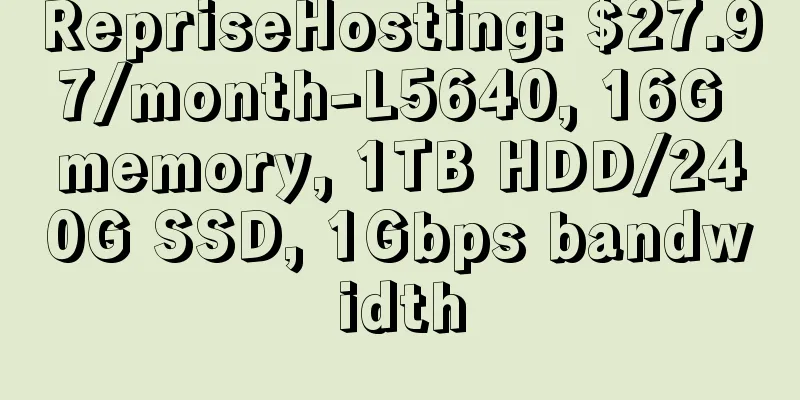Five best practices for improving network uptime

|
In the near future, no one should have to wait for a medical crisis to learn about their health status, which is the prevailing attitude among many enterprises regarding IT networks. Thankfully, systems performance management (SPM) has evolved as a key IT discipline. It is now possible to do more than just monitor uptime; in fact, enterprises have more ways than ever to measure the health of their systems. Today, enterprises are demanding more sophisticated and 24/7 assessments of every aspect of network performance. System performance management (SPM) software vendors are doing their part by providing applications that collect and analyze a robust set of operational metrics.
Such solutions are increasingly important given the distributed nature of modern enterprise computing. Hardware will consist of servers in nearby server racks, far-flung data centers, SaaS offerings, and others combined with tablets, smartphones, laptops, and other mobile devices, forming a rich and diverse technology base. Enterprises need to understand emerging performance trends, mitigate risk, and prevent service disruptions. With so much data out there, it can be difficult to know which datasets are most important. Here are five functional areas where data collection and analysis are critical: (1) Network health This is the most fundamental function of all five areas. But it is the most challenging given its increasing complexity. In many organizations, the number and variety of network elements create silos that make it difficult to see the big picture. The best way to start assessing the health of your network is to develop a network map that shows all IT assets and services. System performance management (SPM) experts must inventory not only the hardware and software, but also where they are located, which vendors are involved, how they are connected, and how each asset affects the larger environment. This is a big step, but it is a necessary step to fully perform other SPM functions. (2) Equipment availability It is true that equipment is much more reliable than in years past. If products once had a 3 year life cycle, now the norm is more in the 5-7 year range. However, despite the reliability of these devices, it is important to understand which mission-critical services are most at risk. Technicians need to know which devices provide which services and what happens if certain devices are unavailable. Again, network mapping can prove critical to this task. An assessment should not only identify critical assets, but also uncover redundant and misused physical resources that can improve efficiency and reduce costs. (3) Security patches Patch Tuesday used to be the event that defined security fixes. But the world has changed, and so have responses. Security patches are released continuously once they are ready. Regular patch releases mean service availability is an issue. The vast majority of patches still require a system reboot. While reboots are much faster today, scheduling is still very important in order to maximize defensive action while minimizing disruption. The key to this process is awareness and intelligent management. Centralized control is essential because it is impossible to manage critical system events without coordination. Qualified SPM experts who fully understand the enterprise's business services can do this. (4) Hardware guarantee In many cases, the move to cloud services has reduced the importance of hardware warranties. However, this does not mean that they are no longer important. Especially in organizations with a large number of endpoint devices, hardware warranties play an important role in cost control and system uptime. Collecting and reporting warranties helps IT understand risk. Most organizations don’t define equipment lifecycles in terms of warranties, but having a three-year warranty on a device that’s a decade or more old creates significant risk. IT should fully understand what assets are covered and what performance functions could be impacted by a failure. (5) Software List Subscriptions are now the standard, making software tracking a critical task. Seat numbers change monthly. Additionally, new versions are released and business requirements change. With many companies subscribing to thousands of titles, inventory tracking cannot be neglected. In addition to subscription management, good software tracking also includes monitoring for updates and upgrades. Policy decisions about when, where, and how many devices to upgrade become easier with visibility. A good SPM platform can track all aspects of software, including titles, deployments, upgrade records, and device locations. Clearly, service performance management cannot be ignored. An SPM service provider can help by providing technology and expertise, shortening the learning curve. It can also provide continuity during changes in staff and, most importantly, handle the details of tracking so that IT can focus on initiatives that drive the business. Remember, “if it ain’t broke, don’t fix it” doesn’t work when millions of dollars in sales and productivity are at stake. The ROI of modern SPM is real and significant because prevention is as good as cure. |
<<: Thirty years of changes and evolution of Internet core protocols
Recommend
Seven tips for choosing intent-based networking
In recent years, intent-based networking (IBN) ha...
Basic Principles for Campus Network Product Selection
I am Xia Jie, a lecturer at 51CTO Academy. On the...
2020, a new starting point for 5G messaging
Currently, nearly 100 operators around the world ...
Do I need to turn off data traffic after connecting my phone to WiFi? The operator gave the "answer"
Nowadays, everyone has a smartphone. As long as i...
CloudSilk Germany 10% off: AS9929 line from 216 yuan/year, low latency, 500Mbps large bandwidth
CloudSilk.io recently offered a 10% discount coup...
HostHatch 12th Anniversary, Hong Kong 1TB large hard drive from $35/year
HostHatch launched a promotional campaign for its...
Review of 5G in 2017: The first version of 5G NR standard was frozen, and China's voice was enhanced
2017 is known as the first year of 5G standards. ...
[Black Friday] DesiVPS: $17/year-1GB/15G NVMe/1.5TB@10Gbps/San Jose Data Center
DesiVPS also launched a Black Friday promotion, m...
In order to suppress China's 5G, American manufacturers teamed up to "turn the table"? How should Chinese manufacturers respond?
[[325361]] According to foreign media reports, re...
5G service routines for users have caused consumers to have more doubts about 5G
While the industry has painted many bright prospe...
6 considerations for new IT leaders in digital transformation
[[397841]] The journey of digital transformation ...
spinservers: San Jose/Dallas high-end servers starting from $79/month, 10Gbps bandwidth, support Alipay/WeChat
spinservers sent a promotional plan for this Chri...
A brief analysis of the development direction of automation equipment installation and operation
IT operation and maintenance automation refers to...
Tencent has already surpassed the three major operators in seconds, and it may be time to stop letting the fish grow
Since 2015, the regulatory authorities have vigor...









